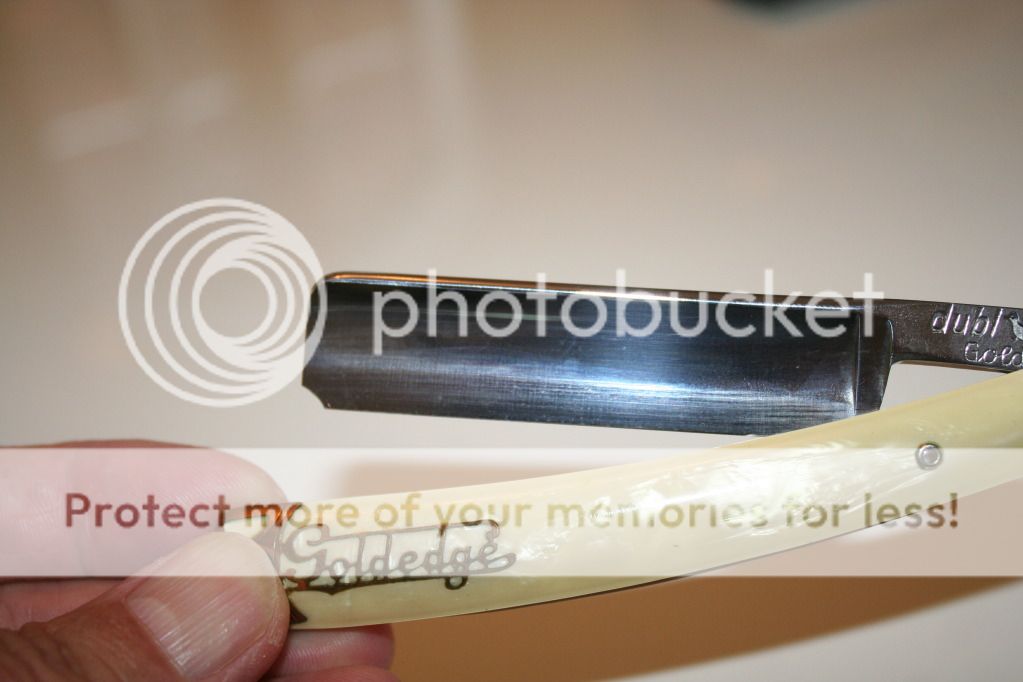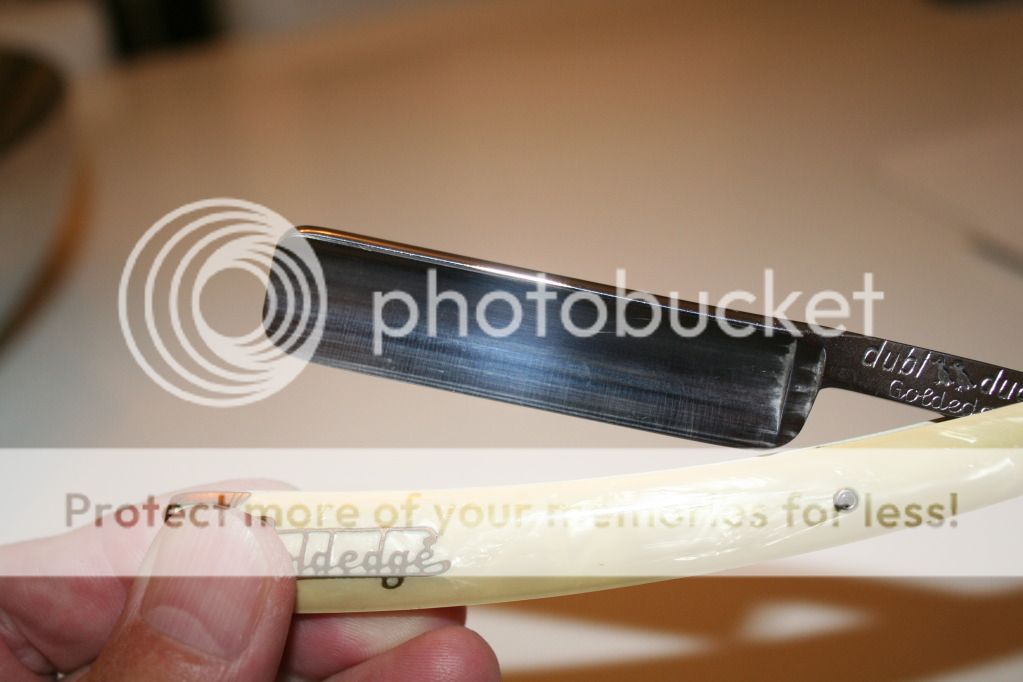Okay, I got a few that need the heel to be regrind. I did not see any procedures or how-to guide to do this on the forum. I was going to take a wheel to do this but before I get there, how am I going to hold the razor, which grind should I use as a wheel?
Then, still thinking, maybe a small dremel is much better to grind a heel?
Any chances to see a few pictures?
Then, still thinking, maybe a small dremel is much better to grind a heel?
Any chances to see a few pictures?











